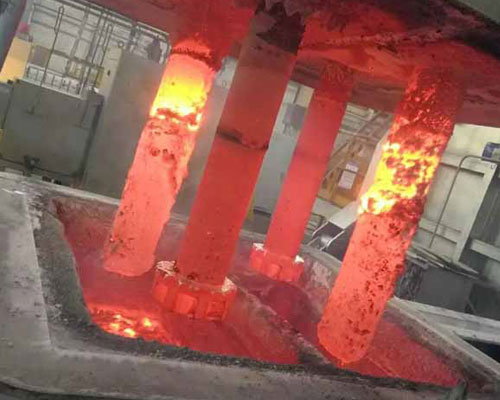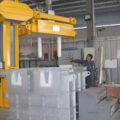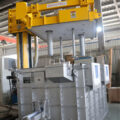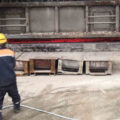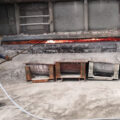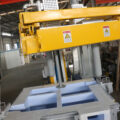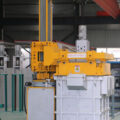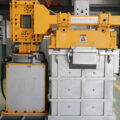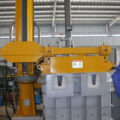If hydrogen is introduced into the molten metal when pouring hydrogen into the mold, pores may be generated. Hydrogen can be inhaled through moisture or water vapor in the atmosphere. The pores take the form of small pinholes in the casting, which will adversely affect the mechanical and physical properties of the final product. Degassing for foundry is used to solve this problem and it is a standard part of the casting process.
Aluminum is one of the most widely used metals in the industry due to its excellent weight/strength ratio. However, it is also a very active metal that will actively dissolve hydrogen when in contact. During the casting process, hydrogen can be introduced in a variety of ways-through atmospheric humidity, moisture in the casting ladle or mold or even in the furnace.
Hydrogen is soluble in aluminum in the molten state. However, when the metal cools and solidifies, the gas creates pores (pinholes) in the metal casting. The size of these holes varies depending on the composition of the alloy and the solidification conditions.
Degassing Technology for Foundry
This problem can be solved by using degassing technology before the pouring stage. One of the most effective methods used is a rotary degasser. The rotating degassing device has a rotating impeller, which can introduce nitrogen bubbles into the molten metal. The degassing time depends on various factors, including the choice of aluminum alloy and the temperature of the molten metal.
Aluminum degassing is based on the following principle: The dissolved hydrogen will move from a high concentration area (in the melt) to a low concentration area (in inert gas). Hydrogen will be dispersed in molten metal, just like it is released in any confined space. It will maintain a constant concentration throughout the melt. The migration speed of hydrogen in liquid metal is almost as fast as in air. Therefore, it is not necessary to contact every ounce of metal with inert gas. The efficiency of aluminum degassing depends on two factors, the transport rate across the metal/gas interface and the total surface area that can be transported.

